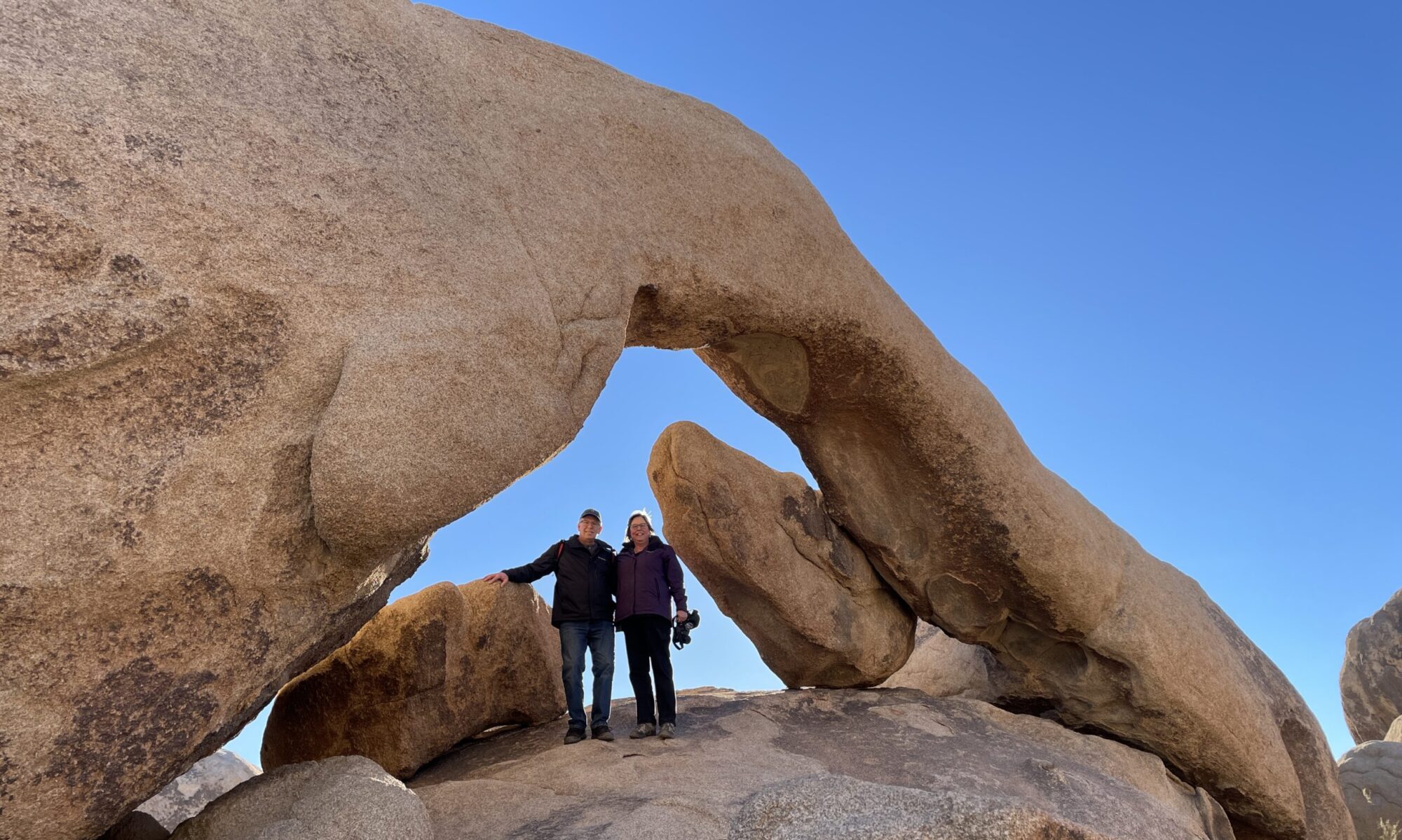This is a fourth-anniversary post. I began serving Wayland United Methodist Church in July 2014. I thank God for the friendships and work we share as disciples of Jesus Christ entering the fifth year of ministry together. On 3/24/14, Beverly and I had our introductory meeting with the Staff Pastor Parish Relations Committee. At that time, I brought these questions:
- What is ready to happen here?
- What are you on the verge of, that with encouragement and blessing you can enter into?
- What gives you hope?
- How do things grow and change here? What happens, who leads it?
A solid source of continuing education for me is The Great Courses. I mostly get the audio versions of them to listen to on walks or long drives. My library currently has 14 courses. It is helpful to re-listen to them over time.
In “Einstein’s Relativity and the Quantum Revolution: Modern Physics for Non-Scientists, 2nd Edition,” Professor Richard Wolfson reviews pre-classical physics (before Isaac Newton) and the understandings of motion in heaven and on earth (celestial and terrestrial). The earliest belief about earthly motion was that “Terrestrial objects naturally assume a state of rest close to the center of the universe (Earth); force is required to maintain motion.” Galileo (1564–1642) redefined this belief through physical and thought experiments. He found that the “natural state” of motion on earth was straight-line motion at constant speed. So, objects in the world are naturally in motion, not at rest.
Nelson Searcy is a church growth and evangelism leader. About 16 years ago I began studying his work. He describes the process of churches growing through recognized attendance levels of 65,125, 250, and 500 people in worship. We are facing the first level of 65 with an average worship attendance in the mid-50s.
He raises two questions about church growth that carry important distinctions:
- The wrong question is “How do I get my church to grow?”
- The right question is “What is keeping my church from growing?”
The wrong question assumes that the natural state of the Church is at rest and we need to do something to make it move. The right question assumes that the natural state of the Church is that it is moving and growing and, therefore, we need to remove the barriers or hindrances to allow the growth to emerge.
Searcy further challenges us to make two determining decisions:
- Determine it is God’s will for your church to grow.
- Determine you want your church to grow.
I consider these questions to be calls to prayer, conversation, planning, and action in my fifth year of ministry in Wayland. Our statement of purpose is “God is calling us to be a congregation inspired to serve as a beacon for Christ in the community.” I look forward to growing together in this direction. And I do so with this prayer:
When I think of all this, I fall to my knees and pray to the Father, the Creator of everything in heaven and on earth. I pray that from his glorious, unlimited resources he will empower you with inner strength through his Spirit. Then Christ will make his home in your hearts as you trust in him. Your roots will grow down into God’s love and keep you strong (Ephesians 3:14-17).

